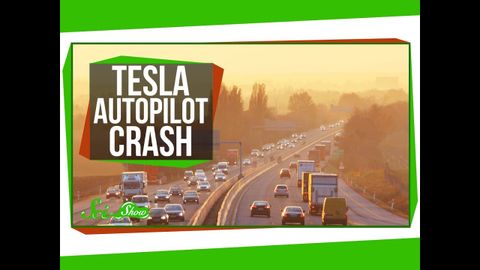
Subtitles & vocabulary
Are Self-Driving Cars Safe?
00
alex posted on 2016/08/20Save
Video vocabulary
average
US /ˈævərɪdʒ, ˈævrɪdʒ/
・
UK /'ævərɪdʒ/
- Noun (Countable/Uncountable)
- Total of numbers divided by the number of items
- Transitive Verb
- To add numbers then divide by the number of items
A2TOEIC
More kinda
US /'kaɪndə/
・
UK /'kaɪndə/
- Noun
- Short way of saying 'kind of'
- Adverb
- Somewhat; to some extent; rather.
- Sort of; in a way.
B2
More track
US /træk/
・
UK /træk/
- Transitive Verb
- To use marks to follow a wild animal
- To move a certain way/follow a particular course
- Noun
- A circular course for running
- Course or way someone takes, e.g. in education
A2TOEIC
More realize
US /ˈriəˌlaɪz/
・
UK /'ri:əlaɪz/
- Verb (Transitive/Intransitive)
- To become aware of or understand mentally
- To achieve or make something happen.
A1TOEIC
More Use Energy
Unlock All Vocabulary
Unlock pronunciation, explanations, and filters
